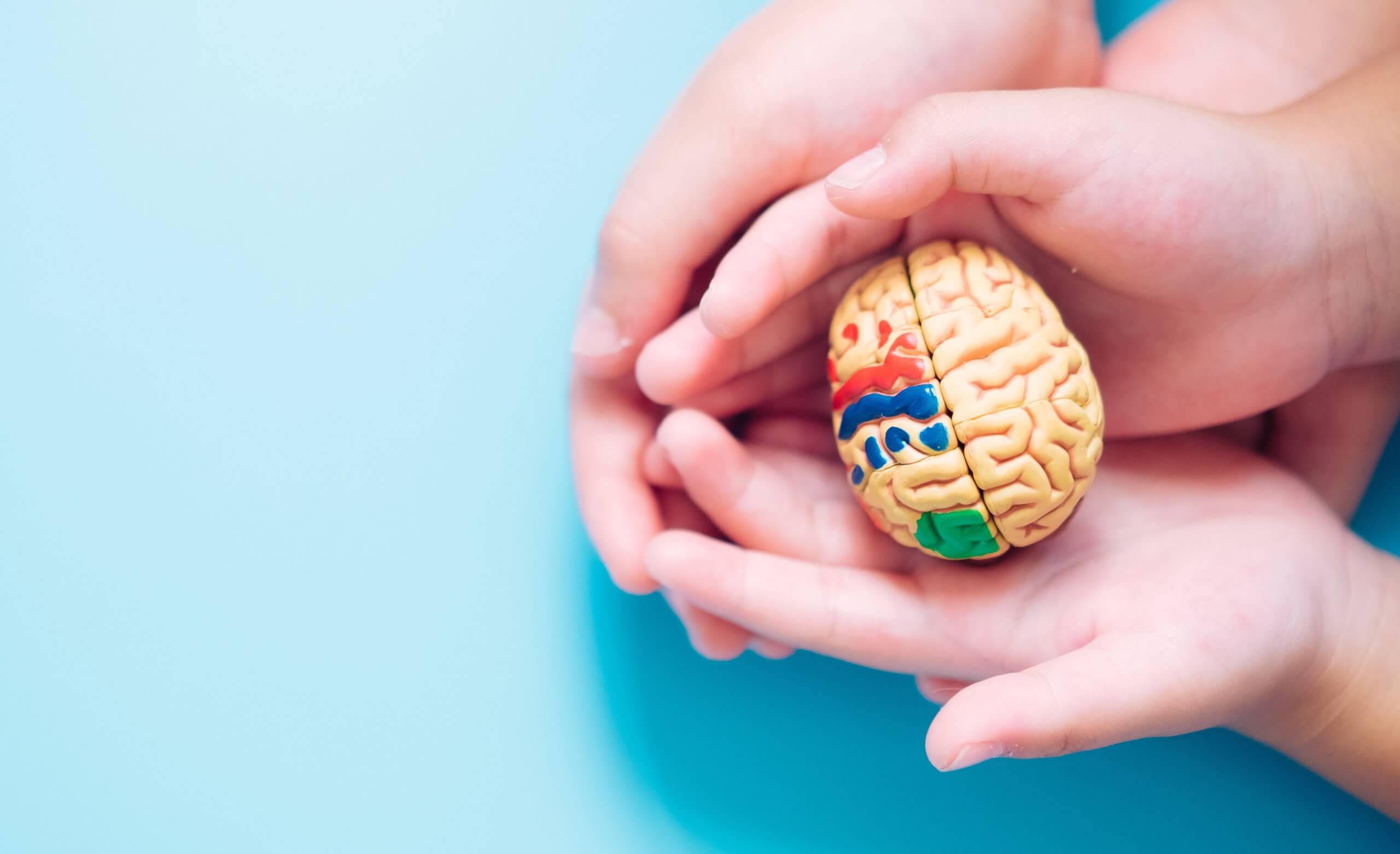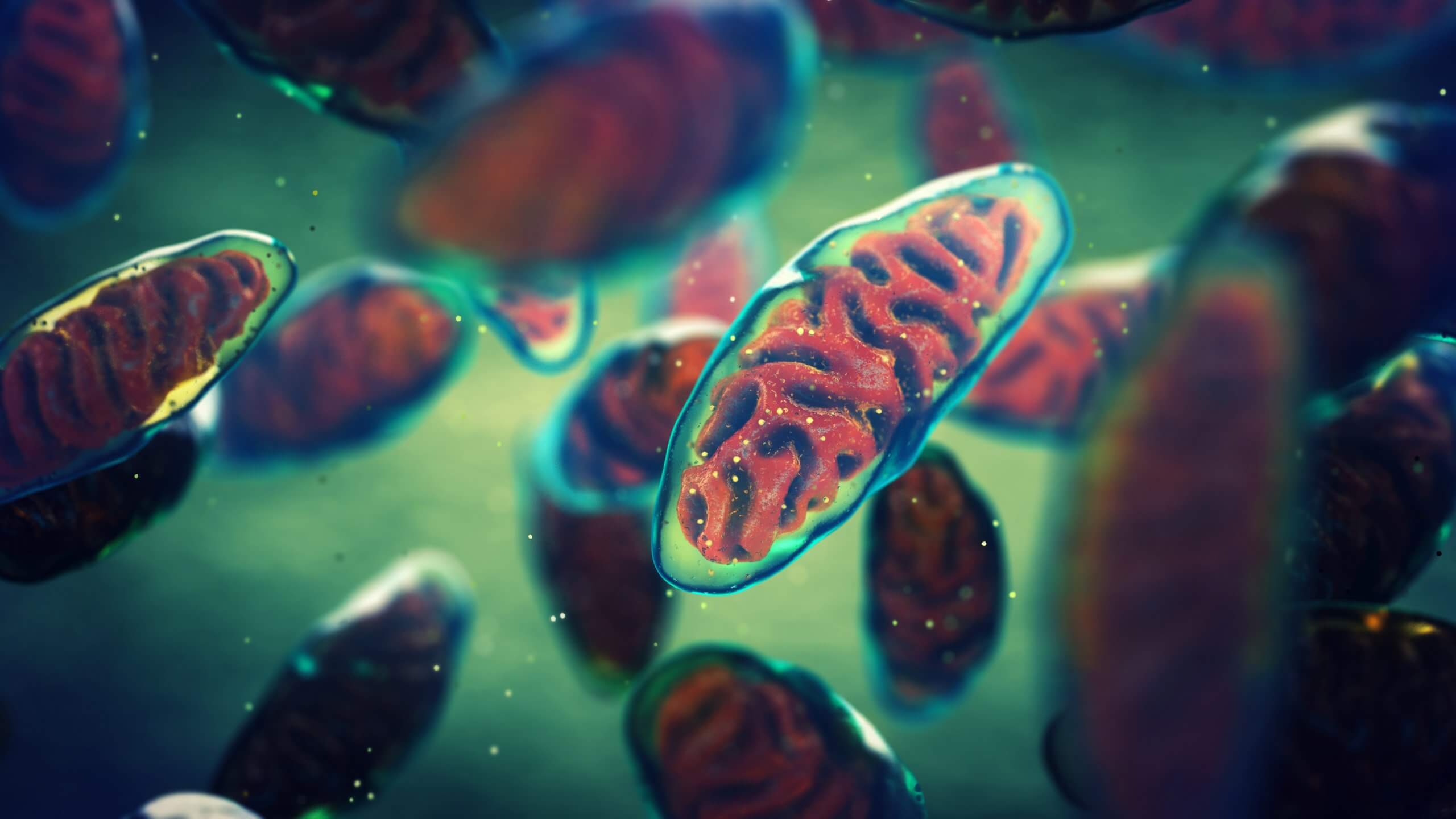Multiple Sclerosis and Placenta
Find out how Amnion and Placental Cells could help to treat multiple sclerosis
MS can start in 2 general ways – with individual relapses (attacks or exacerbations) known as Relapsing-Remitting MS (RRMS) or with gradual progression, known as progressive MS.
What causes MS?
Protecting the nerve fibres within our central nervous system is a substance called myelin, which helps to send messages quickly and smoothly from the brain to the rest of the body.
MS is an autoimmune condition. As we know, the primary function of the immune system is to fight off infections. In MS, the immune system mistakes myelin for a foreign body and attacks it, damaging and scarring the myelin that protects these vital nerves.
This means that the messages that are sent between the body and the brain are slowed or disrupted, resulting in the symptoms of MS. It is unclear why the immune system acts in this way, however there is a general consensus to believe that it is a combination of genetic and environmental factors.
Multiple Sclerosis Facts
- 5,000 people are newly diagnosed with the condition each year.
- Every day, approximately 14 people are diagnosed with MS.
- Most people are diagnosed with MS in their 20s and 30s, but it can be diagnosed in younger and older people.
- The condition is nearly 3 times more common in women than in men.
- Multiple sclerosis is not inherited, however individuals with family members who have/have had MS are at a slightly higher risk of developing MS in the future.
There is currently no cure for MS, however a number of treatments are available which can help to control the condition. This includes treatments to reduce the number of relapses using disease-modifying therapy medications or steroid medicine.
Multiple Sclerosis and Placenta: Developments
A study published in the journal of Multiple Sclerosis and Related Disorders has found that placental cells were safe to use, and that preliminary evidence suggests that they may be able to contribute to the repair of damaged nerve tissues in MS patients.
A total of 16 patients with MS, of which 10 had relapsing-remitting multiple sclerosis and 6 had progressive MS, participated in the study. 6 patients received a high-dose of placental cells, 6 patients received a low-dose, whilst the remaining 4 patients were randomly allocated to a placebo.
After receiving an intravenous injection in two doses and being closely monitored over 12 months following the treatment, the researchers found that there was no any significant disease worsening or substantial clinical worsening in the 16 participants.
The study’s lead author, Dr. Fred Lublin, said “We’re hoping to learn more about how placental stromal cells contribute to myelin repair. We suspect they either convert to a myelin-making cell, or they enhance the environment of the area where the damage is to allow for natural repair. Our long-term goal is to develop strategies to facilitate repair of the damaged nervous system.”
This study is the first of its kind to investigate the use of placental cells in the treatment of MS but serves as an exciting starting point for the future possibilities for treating the condition.
References
- Multiple Sclerosis Trust, (2019) MS: The Facts, accessed 23rd December 2019, available at
<https://www.mstrust.org.uk/about-ms/what-ms/ms-facts#facts-about-ms> - North Bristol NHS Trust, (2019) Facts & Figures of Multiple Sclerosis, accessed 23rd December 2019, available at
<https://www.nbt.nhs.uk/our-services/a-z-services/bristol-avon-multiple-sclerosis-centre-brams/facts-figures-ms> - Multiple Sclerosis, The Four Types of MS, accessed 23rd December 2019, available at
<https://www.multiplesclerosis.com/global/treatment.php> - NHS, Multiple Sclerosis Overview, accessed 23rd December 2019, available at
<https://www.nhs.uk/conditions/multiple-sclerosis/> - MS Society, MS in the UK, accessed 23rd December 2019, available at
<https://www.mssociety.org.uk/care-and-support/resources-and-publications/publications-search/ms-in-the-uk> - Lublin et al, (2014) ‘Human Placenta-Derived Cells (PDA-001) for the Treatment of Adults With Multiple Sclerosis: A Randomized, Placebo-Controlled, Multiple-Dose Study’, Multiple Sclerosis and Related Disorders, accessed 23rd December 2019, available at
<https://linkinghub.elsevier.com/retrieve/pii/S2211034814001011>
The information contained in this article is for information purposes only and is not intended to replace the advice of a medical expert. If you have any concerns about your health we urge you to discuss them with your doctor.





